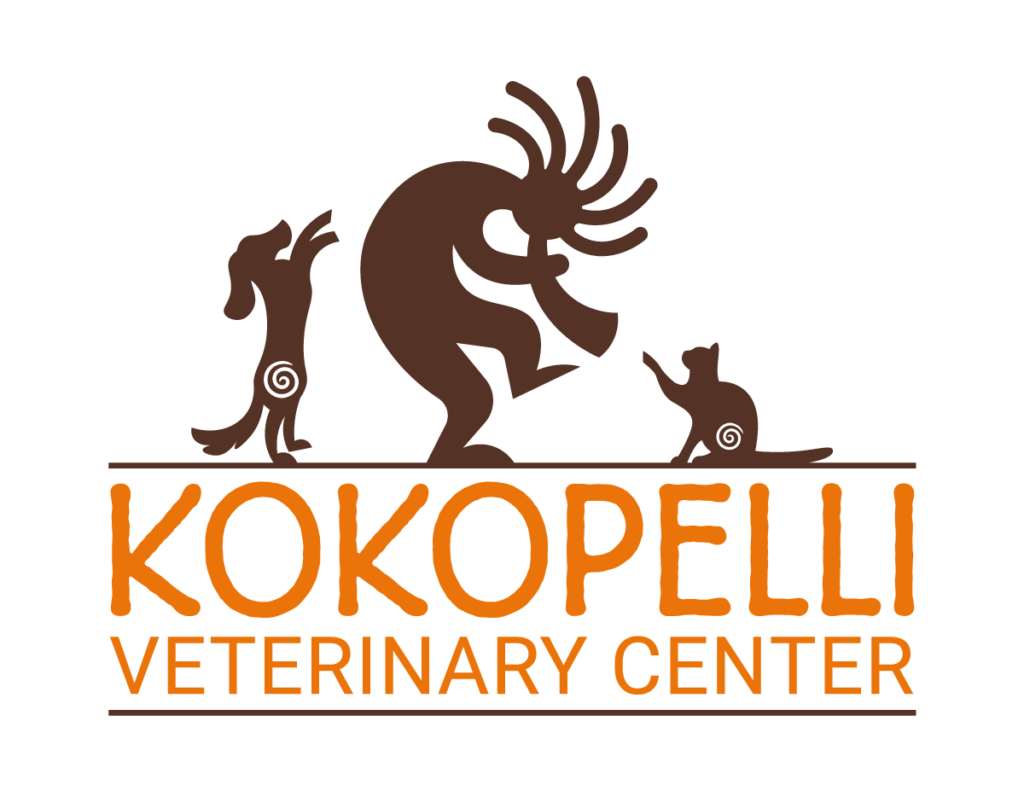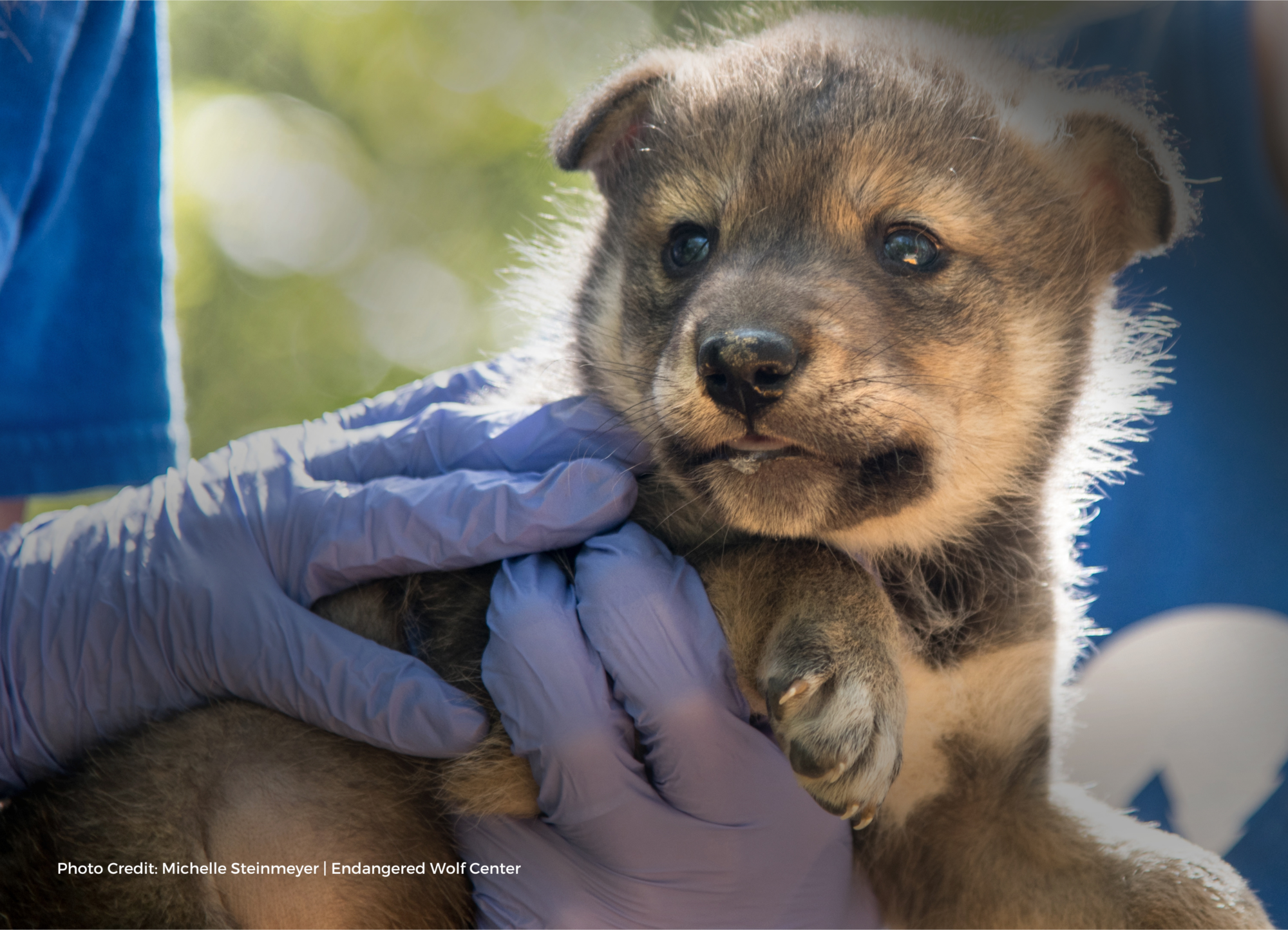When I was a kid, imagining my future grown-up life, I always pictured myself as a zoo vet. I obsessed about wildlife. My childhood library was full of animal books; TV time was Mutual of Omaha’s Wild Kingdom; I read every Ranger Rick issue cover to cover. In scouting I earned the Mammal Study, Bird Study, Reptile Study, Pets, Nature, and Veterinary Science merit badges. In college I majored in wildlife conservation biology. I worked as a wildlife technician for 2 summers in the Utah desert chasing lizards and snakes and one summer in the Australian outback studying pig-nosed turtles. I studied veterinary medicine at Cornell University because of their strong curriculum in zoo and wildlife medicine. I volunteered with reintroduction projects for Blanding’s turtles and northern river otters in New York state. I volunteered in the school’s wildlife health clinic and spent a full summer with the veterinarians and zoo keepers at the Hogle Zoo in Salt Lake City. My senior veterinary seminar was about a knee surgery in a bison calf. My student research project compared progesterone concentrations in pregnant okapi. I spent 3 months during my senior year rotating through different zoo veterinary hospitals in North Carolina, Florida, and Washington state.
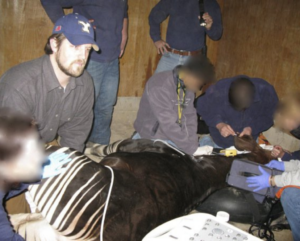
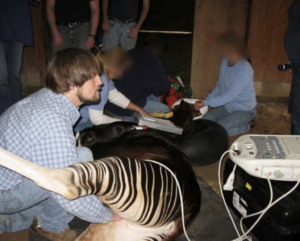
But I also loved theriogenology, which concerns itself with the miracle of the reproductive system. I didn’t see my interests in wildlife and theriogenology as mutually exclusive. On the contrary, I thought I could use theriogenology skills to benefit wildlife. I was inspired by success stories of captive breeding programs, like for California Condors or Black-footed Ferrets. That’s largely why I chose my residency program at the University of Florida, because I could work in partnership with White Oak Conservation Center, and I earned a master’s degree in reproductive physiology studying testosterone concentrations in captive male rhinoceroses.
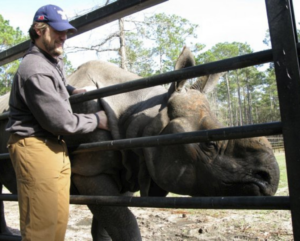

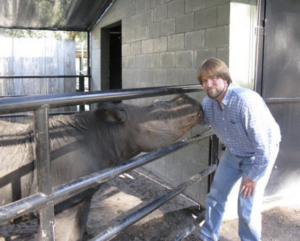
But my day-to-day work focused on domestic species reproduction, primarily dogs and horses. This was a deliberate decision. Wild animals are so incredibly awesome, but really no more so than our domestic animals. They just retain a novelty that domestic animals lose because of familiarity. But that familiarity gives you a level of connection with domestic species that you rarely enjoy with captive wildlife as a veterinarian. Almost all of the work vets do with zoo species is from a distance, under very controlled restraint, or under sedation or anesthesia. In comparison, tail wags, face licks, muzzle rubs, and horse farts or puppy breath are constant enjoyments in my workday.
Also important, I am very good at what I do because I do lots of it. Zoo vets must be versatile and master problem solvers given that each clinical case has the high potential to be the first of that type they have seen in that species. They rarely, however, get the chance to repetitively perform complex procedures. But with domestic species, I have performed hundreds of the same complex procedures over and over. That experience and practice has made me the effective specialist that I am. I take that expertise and use it to benefit wildlife. After all, the anatomy and physiology of dogs and cats is pretty darn close to that of wolves and lions. And work performed on horses is a strong foundation for work on larger zoo animals.
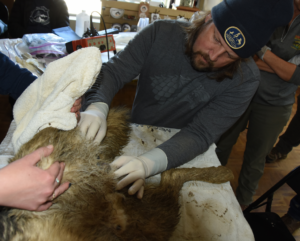
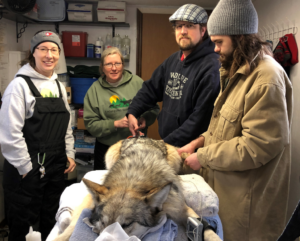
I am the reproductive veterinary advisor to the Mexican wolf SAFE program (Saving Animals From Extinction). Mexican wolves (Canis lupus baileyi) were hunted to near extinction, down to 7 remaining individuals. These seven animals were brought into captivity for protection and breeding. Through years of dedicated work by biologists, veterinarians, and public relations staff, the program has been largely successful. There are now hundreds of Mexican wolves, split between captive packs in zoos and wildlife facilities across the United States and Mexico and wild packs in Arizona, New Mexico, and Mexico. This success has been achieved, in part, through careful decisions to manage the breeding from the very limited genetics remaining from just seven individual wolves. Each captive wolf litter has been deliberately planned by considering coefficients of inbreeding and overall genetic contributions to the current population. Sometimes the recommended pairing of male and female involve moving wolves around and introducing them to their potential mates well in advance of the breeding season (wolves are seasonal breeders, mating in February). Sometimes the recommended pairings are accomplished using frozen semen to allow the recommended male to stay with his current (but not-recommended-for-breeding) mate and therefore not break up a pair bond (wolves usually mate for life). And sometimes the recommended male is no longer fertile, or no longer alive, but does have frozen semen stored. This is where I come in.
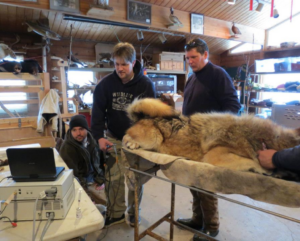
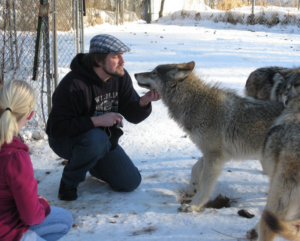
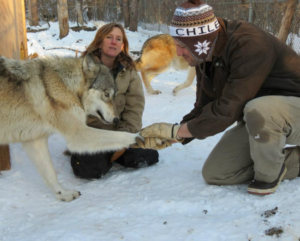
For over 20 years, a talented team of reproductive physiologists from the St. Louis Zoo has been collecting semen from anesthetized wolves, freezing it, and storing it in liquid nitrogen. I joined that team about 15 years ago. Part of my role is freezing semen and performing or coordinating breeding with frozen semen using transcervical insemination (TCI) in Mexican wolves in the western United States (there are other teams that cover the central and eastern states). In 2017, I performed a TCI with frozen semen in a Mexican wolf that resulted in the first wolf puppy ever produced from frozen semen. That male wolf is one of the most genetically valuable individuals in the current Mexican wolf population and has now sired his own pups, thus continuing to contribute to genetic diversity in the overall population.
Clients of Kokopelli may notice my periodic absence from the clinic in late winter as I am called away to help with this conservation effort. I am blessed to have a talented team under Dr. Shelby who continue to serve our local clients and patients while I am away. And I owe gratitude also to our Kokopelli clients and patients. Without the work I do individually for each of you, I would not have the skills and talents that allow me to be an effective tool in conserving the endangered Mexican wolf. Back in college, when I was studying wildlife conservation, I read a short essay by Aldo Leopold called Thinking Like a Mountain in which he laid out the importance of all parts of a healthy ecosystem, including the alpha predators, and that a wilderness is not healthy without them. I am honored that part of my life legacy has been helping to heal some of the harm we have done by bringing back wolves to our wild lands.
